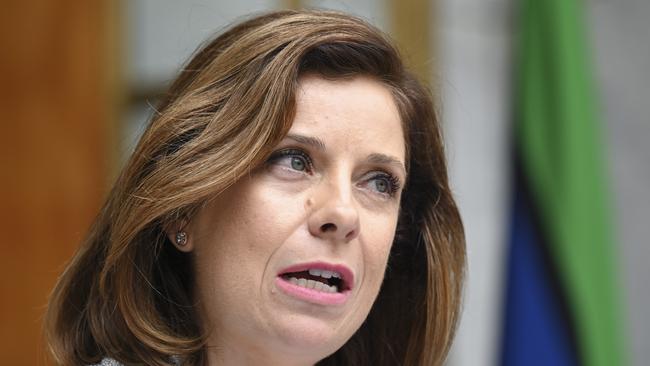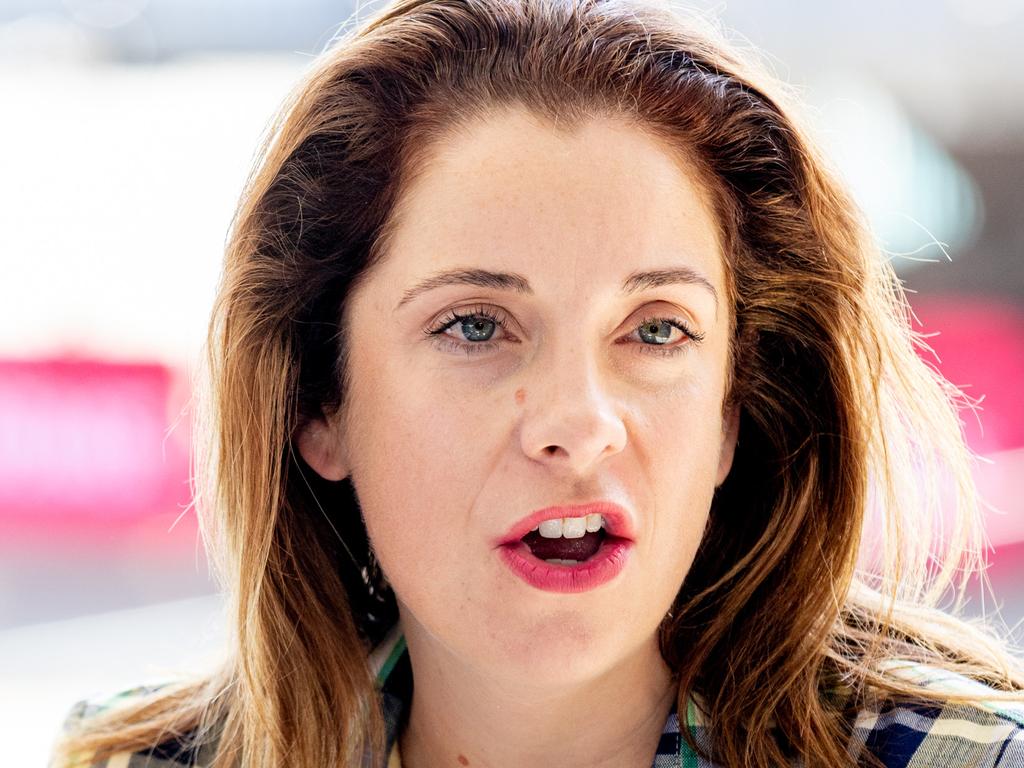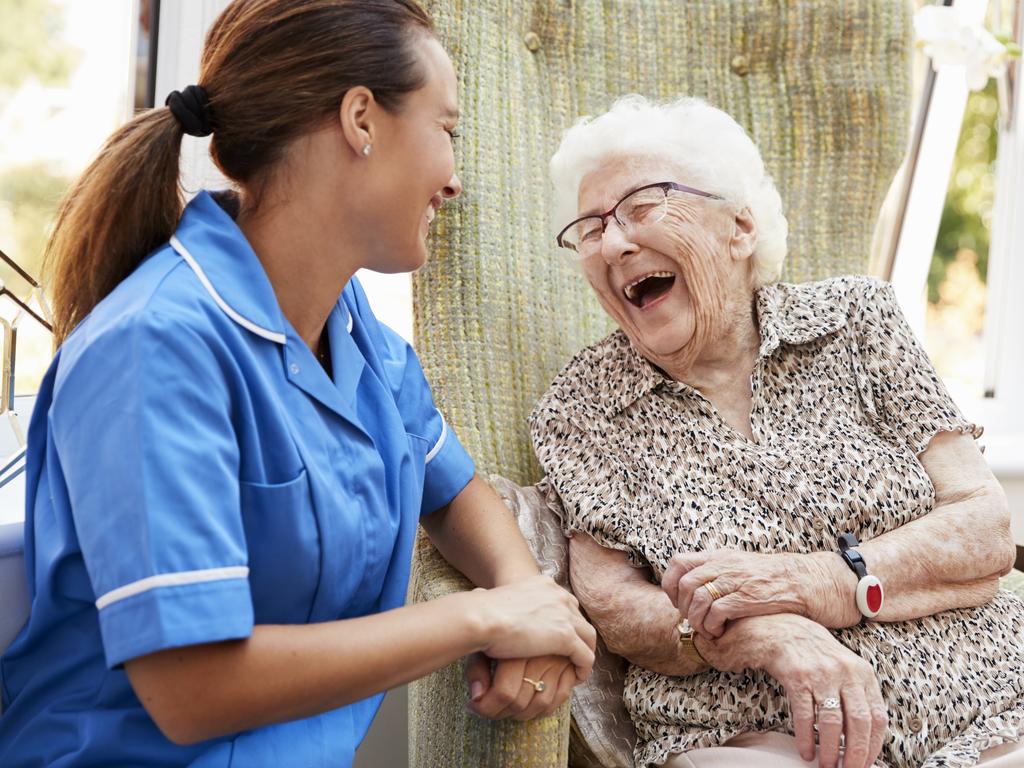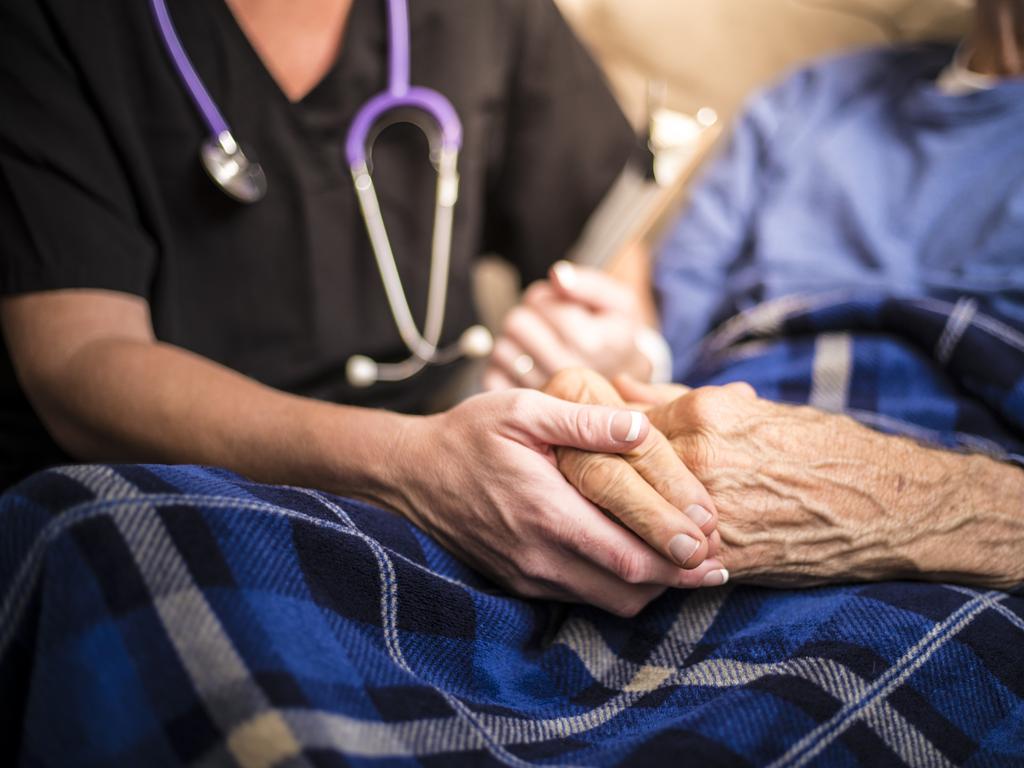
An ageing Australia is becoming much more expensive to run.
That’s a fact, even before we get to the expansionary pre-election budgets that governments are rolling out to families battered by high inflation, let alone the fevered dreams of tooth fairy Greens.
The rising costs of aged care, medical benefits, hospitals, pensions and disability services will help keep the federal budget in the red for the coming decade – and then it will get worse over the following 30 years.
The reforms to aged care announced by Anthony Albanese on Thursday, based on a promising deal with the Coalition, will ease some of the fiscal burden in the short term by stalling growth in spending.
Over the long haul, the measures could amount to a substantial change in the way we think about ageing and how we share the burden of paying for a lifestyle that is the envy of much of the world.
The proposed bill will, to a large extent, take some of the political sting out of the reform equation. It is a softly, softly approach, tempered by the opposition.
The Prime Minister has promised no one in care when the changes take effect next July will be “worse off” and the threshold for the means-test on the family home remains unchanged.
As with the National Disability Insurance Scheme, only Labor could bring about meaningful change in this area.
Labor’s performance on aged care is usually rated as “below-average”, so better quality care and more homecare places can turn things around a little for them with older voters.
The Coalition is always extremely reluctant to ask its base of retirees, many of them wealthy, to dip into their appreciating nest eggs to cough up for services or to pay income tax.
At the heart of a package with many moving parts are a couple of principles that will calm a Treasury that’s been sweating this policy sphere since the 2021 Royal Commission into Aged Care Quality and Safety’s final report.
First, recognising that older Australians want to stay in their homes as long as possible, easing the pressures on an ailing residential aged-care sector.
According to the Aged Care Taskforce, by 2050 the sector will need $56bn to upgrade facilities and build the extra rooms needed.
Second, those who have the means should contribute to the cost of their care, certainly for daily living costs and help with showering and personal care.
Clinical costs, regardless of means, will be fully covered by taxpayers. Right now, the government funds 76 per cent of residential care costs and 95 per cent of homecare costs; those proportions will ease to 73 per cent and 89 per cent, respectively.
This is not a smash and grab or soaking the poor exercise.
Whether it’s an inheritance tax by stealth, given the lifetime contributions cap for means-tested residential care fees has been raised from around $76,000 to $130,000, is open for debate.
There will be a little less to pass on to loved ones, but the standard of care should be much better.
Not long after the royal commission’s report, Treasury secretary Steven Kennedy called for reform of government services, specifically aged care, which received a huge boost in the Coalition’s May 2021 budget.
Kennedy said the question of how much consumers were required to contribute towards the cost of care was not only important for equity but could also affect how consumers engaged with the service that was being provided.
“With the maturing of the superannuation system, consumers of aged-care services will have more capacity to contribute,” Kennedy said.
If the spirit of the reform bill, now subject to Senate scrutiny, is retained, that will happen.
OK, here come the loudest voices in the Boomer Philharmonic Choir: “We worked hard all our lives and we paid our taxes.”
But Australia has changed and there are more people than ever with their hands out for a seniors’ health card, enjoying tax-free investment earnings and using medical services.
As Jim Chalmers says, in the next 40 years, the number of people aged over 65 is expected to more than double, with those aged over 85 to more than triple. Public spending on aged care over that period is expected to double as a share of the economy.
A rich country naturally wants better everything, but doesn’t always want to pay more tax.
Leave that to younger people, the pay-as-you-earn workhorses with kids, mortgages and stress.
That won’t cut it any longer.
Those who have enjoyed the up escalator of compulsory super and runaway home prices, and are set to experience a much better life in their dotage, have now been asked to step up, if ever so slightly.







Boomers, it’s time to share the load and pay your way.